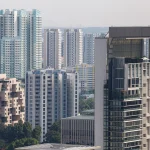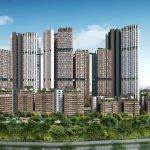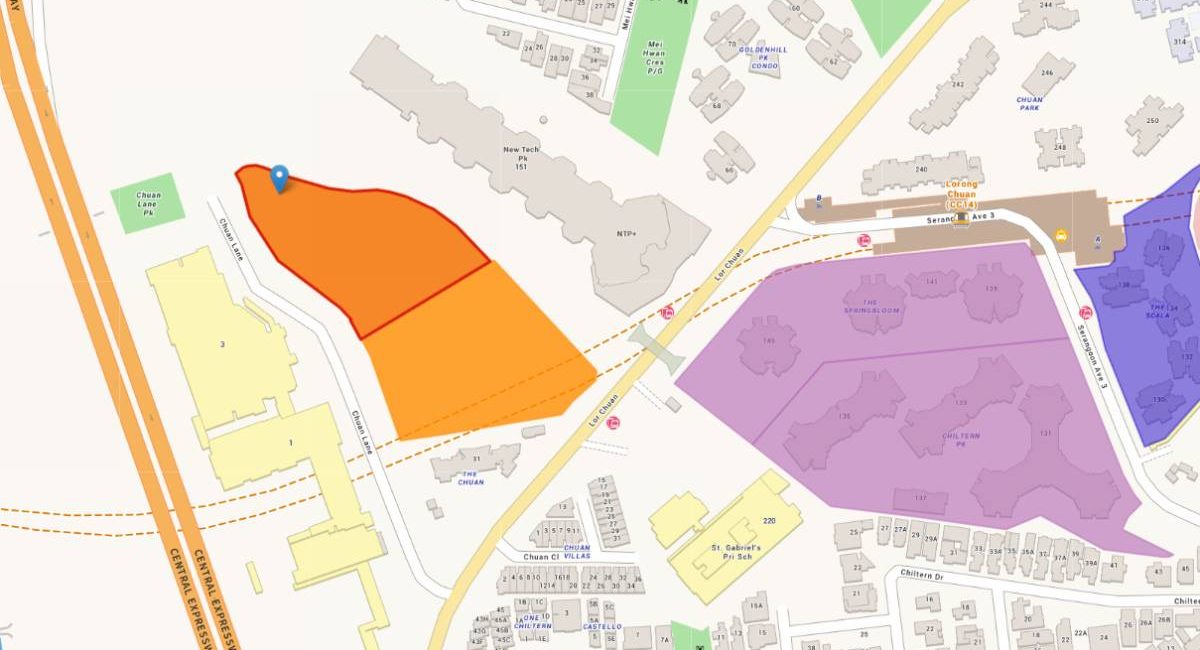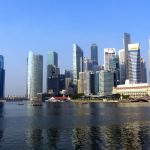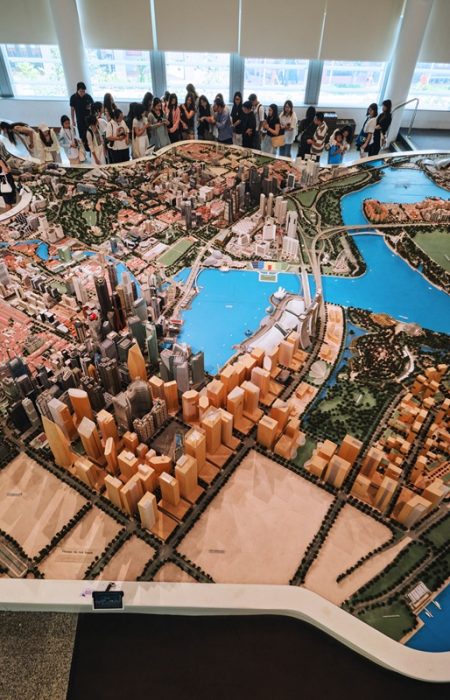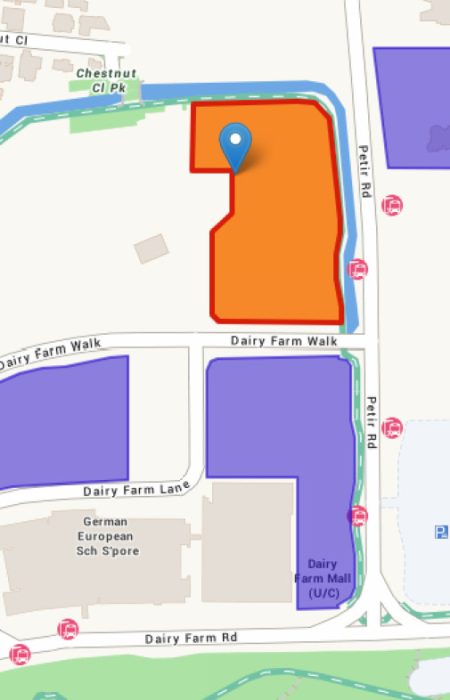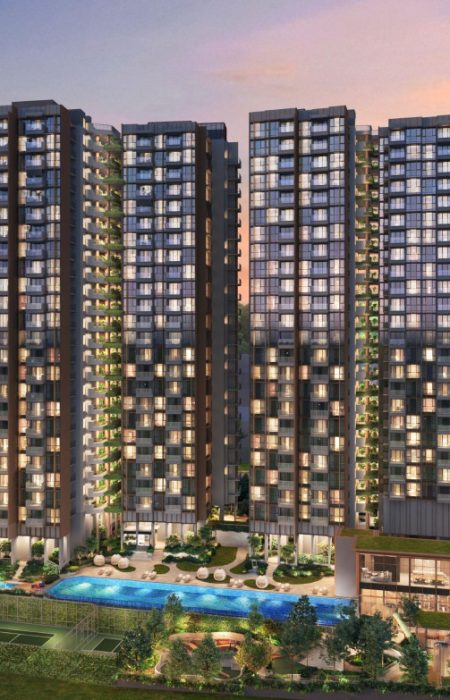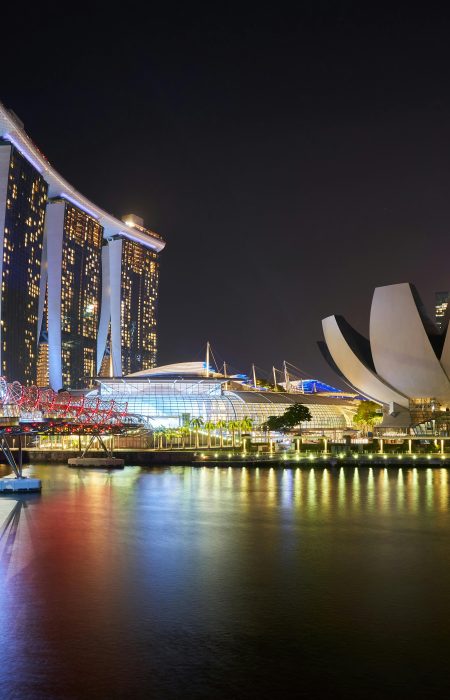Singapore’s Government Land Sales (GLS) program continues to play a pivotal role in shaping the city-state’s residential and commercial landscape. Through GLS, the Urban Redevelopment Authority (URA) releases strategically located sites for development, ensuring a steady supply of land to meet housing and commercial demands.
The GLS program is divided into two main categories: the Confirmed List, where sites are open for tender, and the Reserve List, where sites may be launched in future GLS exercises depending on market conditions.
📍 Key GLS Sites in 2025
- Bidadari Estate Residential Site
- Located in a mature town with strong connectivity.
- Estimated to yield ~700 residential units.
- Attractive for developers targeting family-friendly projects with access to schools and parks.
- Tengah Garden Residential Site
- Part of Singapore’s first smart and sustainable town.
- Expected to offer high-rise and landed housing options.
- Focus on green living and eco-friendly design.
- Tanjong Pagar Commercial Site
- Prime CBD location suitable for office development.
- High demand expected from multinational tenants.
- Strong investment potential due to limited CBD commercial land.
- Punggol Waterway Residential Site
- Popular suburban location with waterfront views.
- Opportunity to build mid-to-high density condos catering to young families and professionals.
- Jurong Lake District Mixed-Use Site
- Part of Singapore’s next CBD in the west.
- Potential for integrated residential, office, and retail development.
- Excellent connectivity with upcoming MRT and expressway links.
These GLS sites are strategically released to ensure balanced development across mature and non-mature towns, while supporting Singapore’s urban planning goals.
💹 Market Trends in GLS
- High Competition for Prime Sites:
GLS sites in mature estates like Tanjong Pagar or Orchard Road consistently attract multiple bidders, reflecting strong market confidence and high land values. - Shift Toward Suburban Development:
Non-mature estates such as Tengah, Punggol, and Sengkang see growing developer interest, driven by affordable land costs and future growth potential. - Sustainable and Smart Designs:
URA emphasizes environmentally sustainable and energy-efficient developments, especially in new towns like Tengah, encouraging developers to integrate green building features. - Mixed-Use Developments:
Integrated residential, commercial, and retail projects are increasingly popular, providing both lifestyle convenience and investment appeal. - Impact on Property Prices:
Successful GLS bids influence property pricing in nearby areas. Higher land costs can lead to premium condo prices, while suburban GLS sites often offer more affordable entry points for buyers.
🏘️ Investment Opportunities
Investors and developers keen on GLS projects can benefit from:
- Future Capital Appreciation:
- GLS developments in emerging towns or upcoming districts are expected to appreciate as infrastructure and amenities mature.
- Rental Demand:
- Strategically located residential developments near MRT stations, schools, and parks attract strong rental demand from families and professionals.
- Commercial Potential:
- Mixed-use GLS projects in CBD or business precincts provide long-term rental income and diversification opportunities.
- First-Mover Advantage:
- Early acquisition of GLS sites allows developers to shape projects that align with urban planning goals and market demand.
🛠️ Developer Considerations
- Tender Process: Developers need to submit competitive bids within URA’s GLS tender timelines.
- Design Guidelines: Compliance with URA’s development control guidelines, including plot ratio, building height, and setbacks, is mandatory.
- Financing and Cost: Land acquisition is a major cost component, affecting the final pricing of residential or commercial units.
- Sustainability Features: New GLS developments are encouraged to adopt green building technologies and smart home features.
📅 GLS Timeline and Outlook
- URA typically releases 2–4 GLS exercises per year.
- Developers monitor market trends and government announcements to strategically plan bids.
- Future GLS sites may include additional suburban residential plots, integrated developments, and commercial opportunities in key precincts like Jurong Lake District, Marina South, and Kallang.
🔚 Conclusion
The Government Land Sales program remains a cornerstone of Singapore’s urban development strategy, offering developers and investors access to prime land across residential, commercial, and mixed-use sectors. With high competition for mature estate sites and opportunities in emerging towns, GLS continues to shape the nation’s property landscape.
Developers, investors, and potential homeowners should closely track GLS releases and market trends to leverage opportunities, whether for residential ownership, investment, or commercial ventures.



